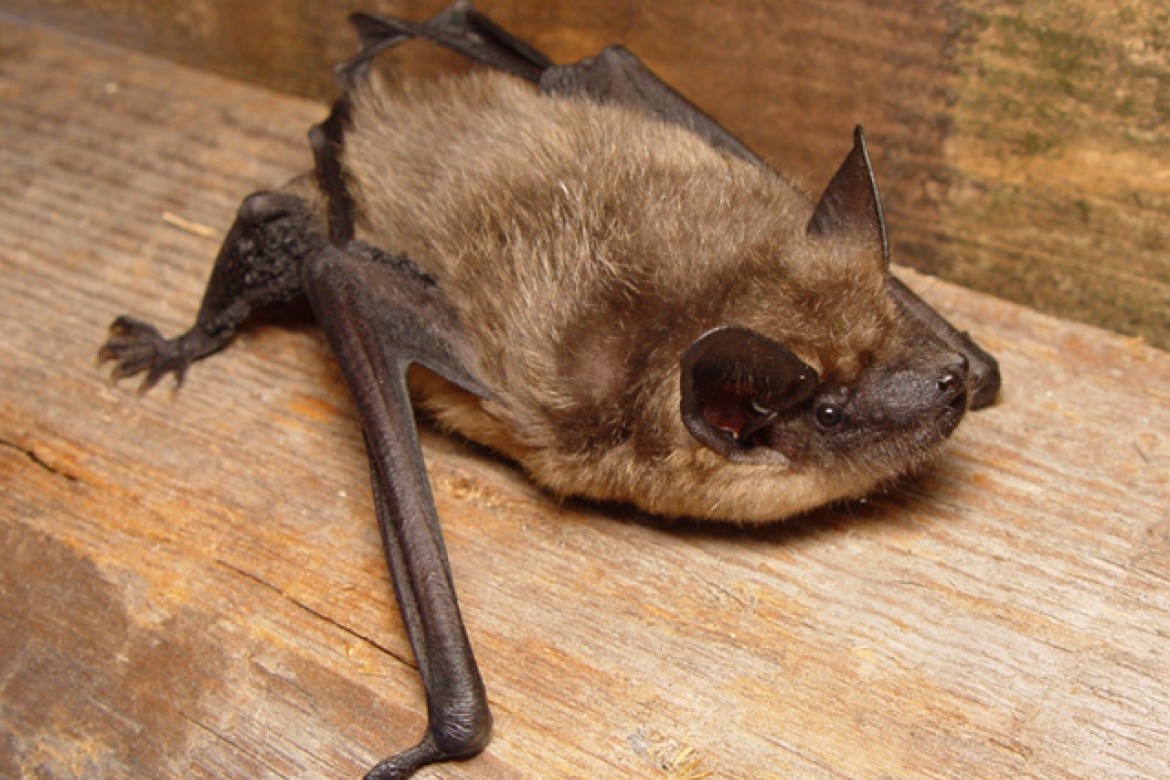When reproduction is just batty

Patricia Brennan, associate professor of biological sciences at Mount Holyoke College, discusses a new study on serotine bat reproduction with The New York Times.
A groundbreaking study of serotine bats has overturned an assumption of mammalian reproduction. Patricia Brennan, associate professor of biological sciences at Mount Holyoke, recently discussed the study with The New York Times.
Serotine bats, found across Europe and Asia, have long penises — seven times longer than the females’ vaginas. In a study published in the journal Current Biology, Dr. Nicolas Fasel, a biologist at the University of Lausanne in Switzerland, and his colleagues presented evidence that the bats mate without penetration. These would be the first mammals known to do so.
Rather than using them for penetration, male serotine bats use their penises to push their partner’s tail membranes out of the way so they can engage in contact mating.
Brennan said of the finding, “It’s a really weird reproductive strategy, but bats are weird and have a lot of weird reproductive strategies.” She was not involved with the study.
She added, “I think that there are probably quite a lot of weird morphologies and behaviors that we just don’t know anything about.” For too long, she said, such research “hasn’t been considered a serious academic pursuit.”
Read the full article. (The link does not require a subscription.)
